PLEASE NOTE: The information in this blog is for educational purposes only. It is not a substitute for professional medical advice. Consult your healthcare provider if you’re seeking medical advice, diagnosis, or treatment.
Iodine ranks as one of the most important nutrients for human health, impacting metabolism, brain development, and much more. Despite it’s importance, the statistics about iodine intake are frightening.
Globally, about 1.5 billion people are at risk of iodine deficiency, making it the leading cause of preventable intellectual disability (1, 2). Many people unknowingly consume insufficient amounts of this vital nutrient, particularly those following restrictive diets or living in regions with iodine-poor soils.
To make matters worse, modern dietary trends like the rise of plant-based diets have reduced consumption of traditional iodine sources like animal foods even further.
In this article, we’ll explore questions like:
- What is iodine?
- How much iodine do you need?
- Can you get enough iodine on a plant-based diet?
- What are the best foods high in iodine?
Let’s take a look!
What is Iodine?
Iodine is an essential trace element that acts as a building block for thyroid hormone production (3). The human body cannot synthesize iodine independently, making dietary intake absolutely necessary for maintaining health (4).
Beyond thyroid hormone synthesis, iodine impacts reproductive health, immune system function, and nervous system function (5, 6). During pregnancy and early childhood, adequate iodine becomes especially important as it supports proper brain development and helps prevent cognitive impairments (7).
Maintaining adequate intake through foods high in iodine is important for overall health and well-being. So, how much iodine do you need each day? Here are the daily recommendations based on age and other factors such as pregnancy or breastfeeding (8, 9, 10).
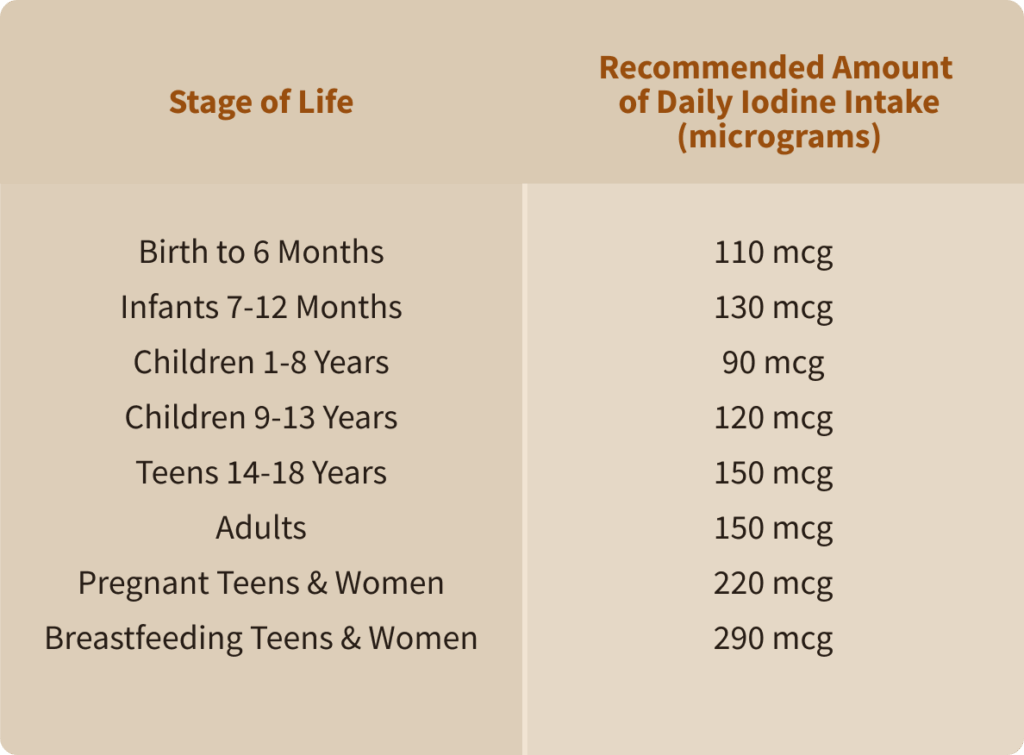
There are dozens of foods high in iodine to consider adding to your diet.
12+ Foods High in Iodine
If you’re looking for iodine-rich foods, there are dozens of options to choose from. As you’ll see, ultra-processed foods are generally lacking iodine, and the best sources are whole foods found in nature.
1. Saltwater Fish
Fish can concentrate iodine from seawater, making them have some of the highest levels of any food (11). In particular, haddock, cod, tuna, smelt, and pollock offer some of the highest levels of iodine (12). For example, 3 ounces of cod can provide 66% of the daily value for iodine (13).
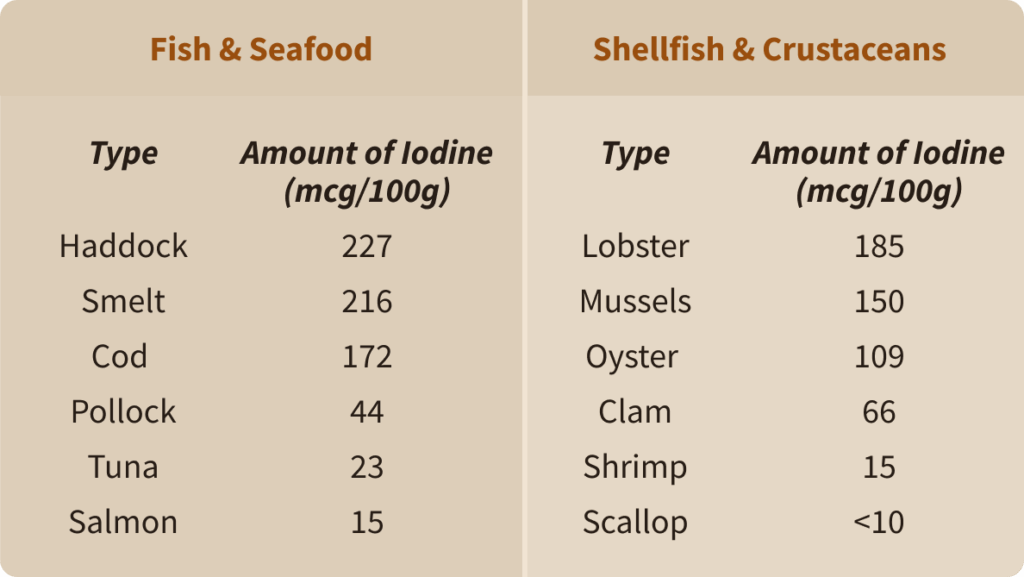
2. Shellfish and Crustaceans
Similarly, shellfish and crustaceans are other foods high in iodine.
Lobster contains approximately 185 micrograms per 100 grams, while shrimp provides about 15 micrograms per 100 grams (14). Mussels and oysters also contribute meaningful amounts of iodine to the diet (15).
3. Milk
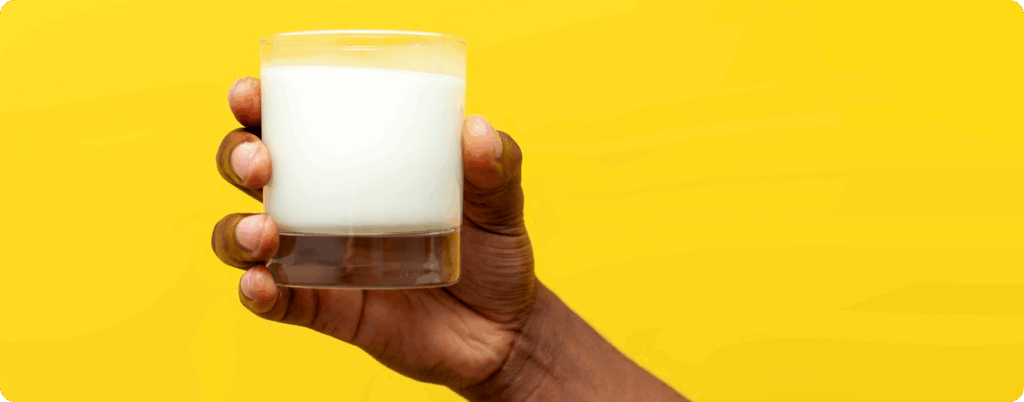
Milk and other dairy products account for about 25-52% of daily iodine intake in the United States (16). But, the iodine content of milk can vary widely based on season, type of farming, and various other factors (17). Some studies have shown that one serving of whole milk offers 80 micrograms of iodine (18).
4. Yogurt
Other dairy products can also be good sources of iodine. For example, plain yogurt can contain 75 micrograms of iodine per serving (19).
5. Cheese
Although it offers less than milk and yogurt, one ounce of cheese has about 12 micrograms of iodine (20).
6. Ice Cream
Last but not least for dairy products, ice cream can also be a relevant source of iodine (21). Instead of buying lower quality options from the store, consider making your own with simple, clean ingredients like your milk of choice, cream, eggs, and maple syrup or raw honey.
7. Eggs
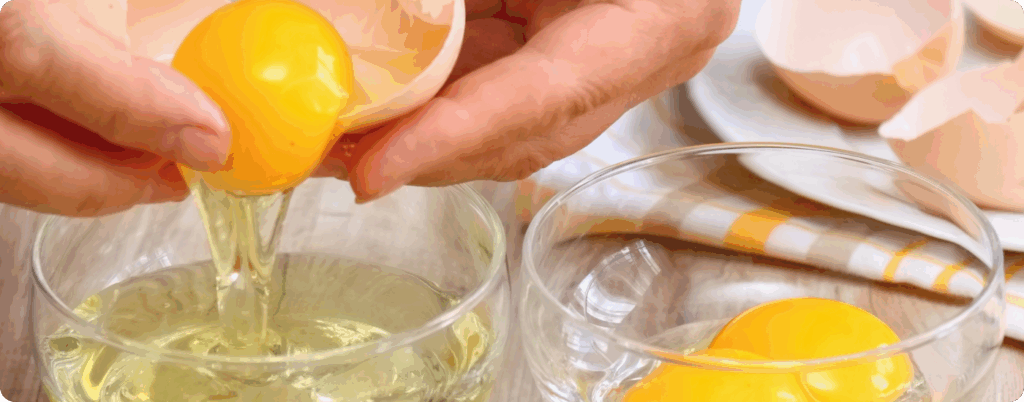
Another animal food with a notable amount of iodine is eggs, providing about 25 micrograms per large egg (22). Thanks to their nutritional value, eggs can be a valuable addition for athletes, pregnant women, children, and the elderly (23).
8. Iodized Salt
Over the last 100 years, countries all over the world have started iodine fortification programs in salt to help prevent diseases from iodine deficiency (24). Table salt fortified with iodine contains approximately 70 micrograms per serving, making it a convenient and widespread source of dietary iodine.
9. Beef Liver
Beef liver can even be considered an “excellent” source of protein, vitamin A, vitamin B2 (riboflavin), vitamin B3 (niacin), vitamin B5 (pantothenic acid), vitamin B6 (pyridoxine), vitamin B12, copper, iron, zinc, and phosphorus per FDA guidelines (25). Plus, 3 ounces of beef liver has about 14 micrograms of iodine (26).

If you don’t have access to fresh liver and are looking specifically for a beef liver supplement, Pure American Liver is made with 100% American Beef from grass-fed & pasture-raised cattle. The vitamins, minerals, peptides, and enzymes found in Pure American Liver can support your daily energy, strength, and vitality.
10. Cranberries
One ounce of cranberries provides about 100 micrograms of iodine (27).
11. Strawberries
While strawberries are generally consumed for their flavor, they’re also a source of iodine. One cup of strawberries offers around 13 micrograms of this key nutrient (28).
12. Potatoes
Another vegetable source of iodine is potatoes. A medium baked potato contains about 60 micrograms of iodine (29).
Finding Balance With Iodine: Avoiding Deficiency and Toxicity
Not getting enough iodine and getting too much can both spell trouble for your health.
Iodine deficiency impacts about 35-45% of the population and is considered one of the most common nutrient deficiencies (30). Risk factors for iodine deficiency include (31):
- Not using iodized salt
- Following a plant-based diet
- Pregnancy
- Living in an area with low iodine levels in the soil
Insufficient iodine intake can result in a wide range of challenges, such as reduced thyroid hormone production, goiter, reduced fertility, impaired cognitive function, and increased risk of pregnancy complications (32, 33, 34).

Women require 50% more iodine during pregnancy and babies get their iodine from breast milk (35). Iodine deficiency during pregnancy may harm not only the mother but also the baby, potentially leading to delayed sexual development, stunted growth and even infant mortality and reduced birth weight (36, 37).
Excessive iodine intake can also cause thyroid dysfunction. The upper limit for iodine is established at 1,100 micrograms daily for adults, beyond which adverse effects may occur (38). Acute iodine toxicity symptoms include nausea, vomiting, diarrhea, and in severe cases, delirium and shock (39).
Chronic excessive iodine intake can paradoxically cause hypothyroidism and goiter, similar to deficiency symptoms (40, 41). This occurs because excessive iodine can inhibit thyroid hormone synthesis in susceptible individuals. Certain populations, including those with existing thyroid conditions, may be more sensitive to iodine excess.
Due to these risks, it can be beneficial to work with a medical professional to better understand your current health situation and needs.
Iodine & Plant-Based Diets: A Recipe for Disaster?
Vegan, vegetarian, and other plant-based diets may spell trouble for iodine intake.
Studies from countries like Norway, Poland, and Czechia have consistently shown that vegans and vegetarians may not be consuming enough iodine, increasing the risk for iodine deficiency (42, 43, 44). Some studies have even found that this risk is still present even when supplementing with iodine (45). Plant-based diets present a number of key challenges contributing to these results:
Plant-Based Sources of Iodine
The first challenge is that, aside from seaweed, many plant-based foods like fruits, vegetables, nuts, seeds, legumes, and soy products provide negligible or small amounts of iodine (46).
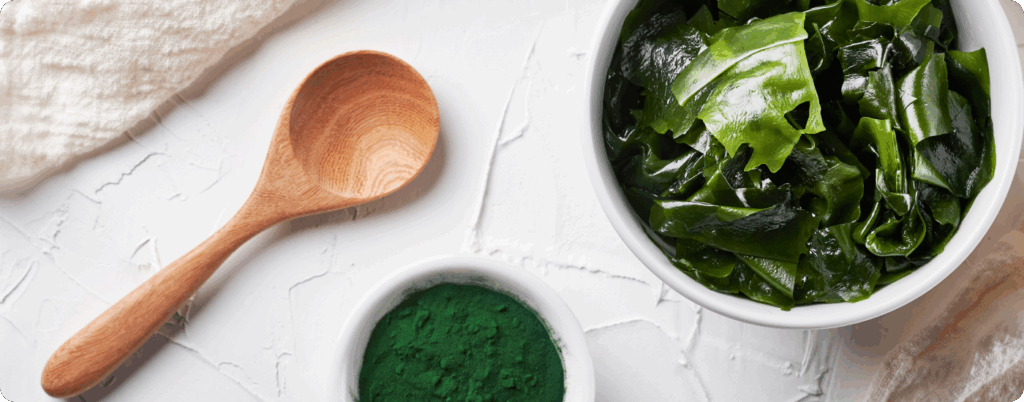
Although seaweed is considered one of the top foods high in iodine, its iodine content can vary widely and may be excessive in some instances (47, 48). Children are also advised to avoid seaweed due to the risk of heavy metal contamination (49).
Avoidance of Animal Foods
As shown above, some of the richest sources come from animal foods like seafood, dairy, and eggs. Avoiding these foods high in iodine can increase the risk of iodine deficiency (50, 51). Plant-based dieters also choose dairy or egg substitutes that may be devoid of iodine (52).
Goitrogens
Another overlooked concern is the presence of goitrogens in plant-based foods like broccoli, cabbage, cauliflower, soy, and cassava (53). Goitrogens can prevent the uptake of iodine in the thyroid or interfere with hormone production (54, 55).
The Bottom Line: Iodine Cannot Be Overlooked
Awareness of foods high in iodine is crucial at all stages of life, from infancy to pregnancy and beyond. With adequate iodine intake, you can set yourself up for better thyroid, brain, bone, liver, and muscle function (56).
While plant-based sources like seaweed get most of the attention and can contribute significant amounts of iodine, their unpredictable content and potential for excessive intake make them less suitable as primary sources for many individuals.
Even though millions of people globally are embracing plant-based diets, animal-based foods consistently like eggs, dairy products, and seafood provide some of the most reliable and bioavailable sources of dietary iodine.
Subscribe to future articles like this: